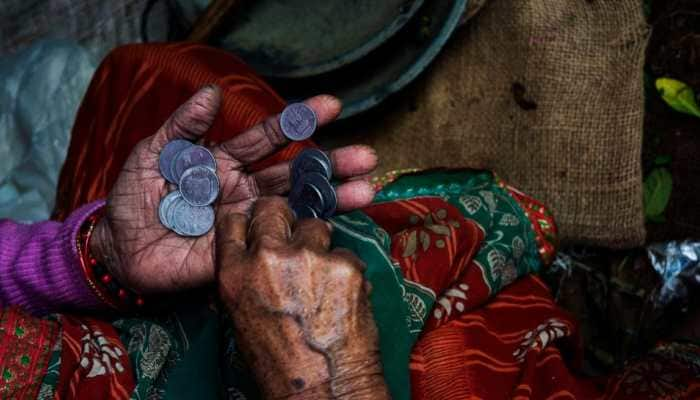Can you really be sure that your tea is not poisonous? Find out here
It's really difficult to be assured about the quality of your tea, but if you follow the process then you may save yourself from harm.
Trending Photos
) Pic Courtesy: Pixabay image used for representational use only
Pic Courtesy: Pixabay image used for representational use only There are different ways of consuming tea in our country. Some like it with a heavy dose of milk and others prefer a hard boiled cup. Their number is less but some also go for black tea. In short, it’s one of the lifelines of India, and one can’t imagine a life without tea. But what you’re drinking in the name of tea isn’t safe.
Side effects of contaminated tea
--Synthetic colours are bad for heart, liver and kidney
--It can cause severe acidity
--It can hamper your immune system and even cause cancer
(Inputs by Dr Ashish Tiwari)
The process
The quality of tea gets determined by the size, colour and fragrance of leaves. Sometimes, the leaves gets damaged during processing and then some manufacturers tend to use synthetic colours, which are banned by the FSSAI (Food Safety and Standards Authority of India), a food product regulatory body. These added colours have dangerous chemicals such as Bismarck Brown, Potassium Blue, Turmeric, Blue colour and Graphite.
If your tea is deep black in colour then be assured that graphite (kaala sheesha) is there. This is the same substance that is used in making the tip of a pencil.
Other than this, sometimes the used leaves are repackaged to increase profit. Slashed wood is also used to enhance weight. As per a rough estimate, only one crore kilograms of good quality Darjeeling tea gets produced every year, but the total sold quantity is about 4 crore kilograms. Iron filling, leather and starch are also used to increase the amount.
READ | Seaweed may help stop COVID virus from infecting human cells
How to test quality
--Good quality tea leaves should be bigger in size as they are plucked by hands
--Its colour should be either sparkling red or golden on being boiled
--It shouldn’t be bitter in taste

Process of testing
--Take a filter paper
--Spread tea on it
--Sprinkle water to make it wet
--Remove tea from the paper after some time
--Wash the paper with water
--Watch closely the spots on the filter paper
--If the tea is not contaminated then the paper wouldn’t look opaque
--Contaminated tea will leave brown spots on the paper
(Process learnt by Zee News correspondent Rakesh Trivedi)
So, next time, be very vigilant about your tea!
Stay informed on all the latest news, real-time breaking news updates, and follow all the important headlines in india news and world News on Zee News.
Live Tv







)
)
)
)
)
)
)
)
)
)
